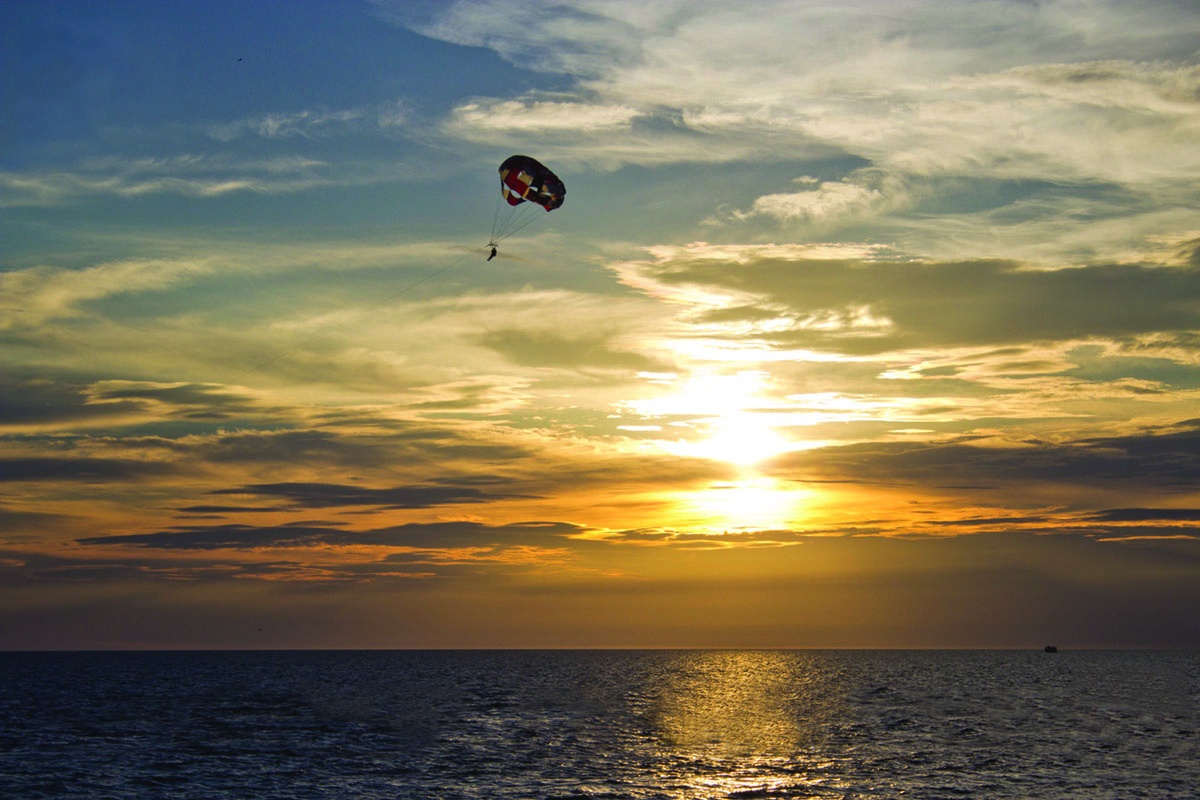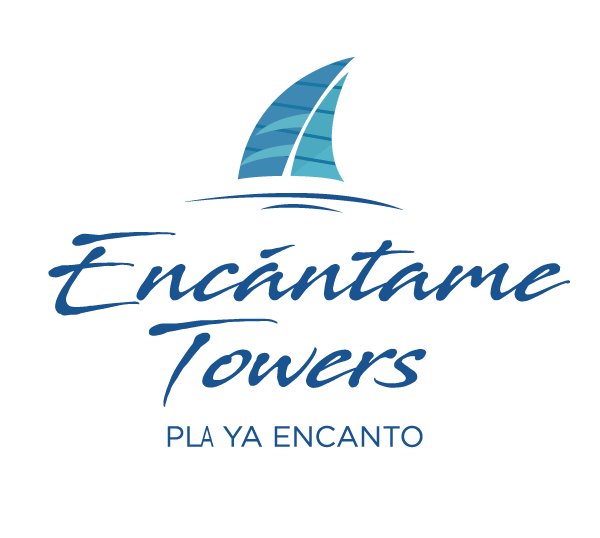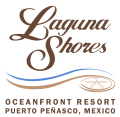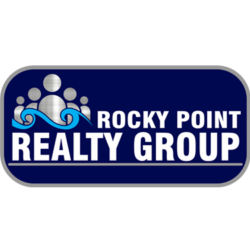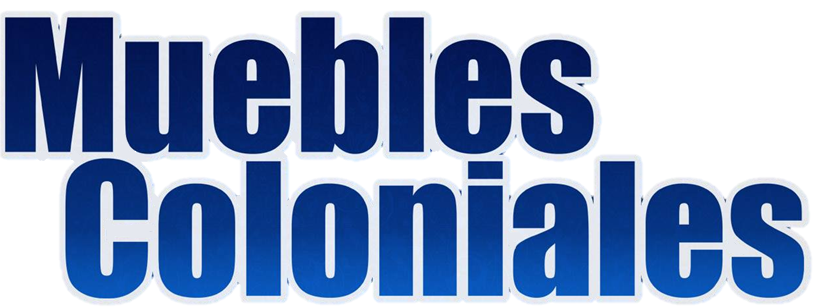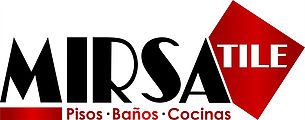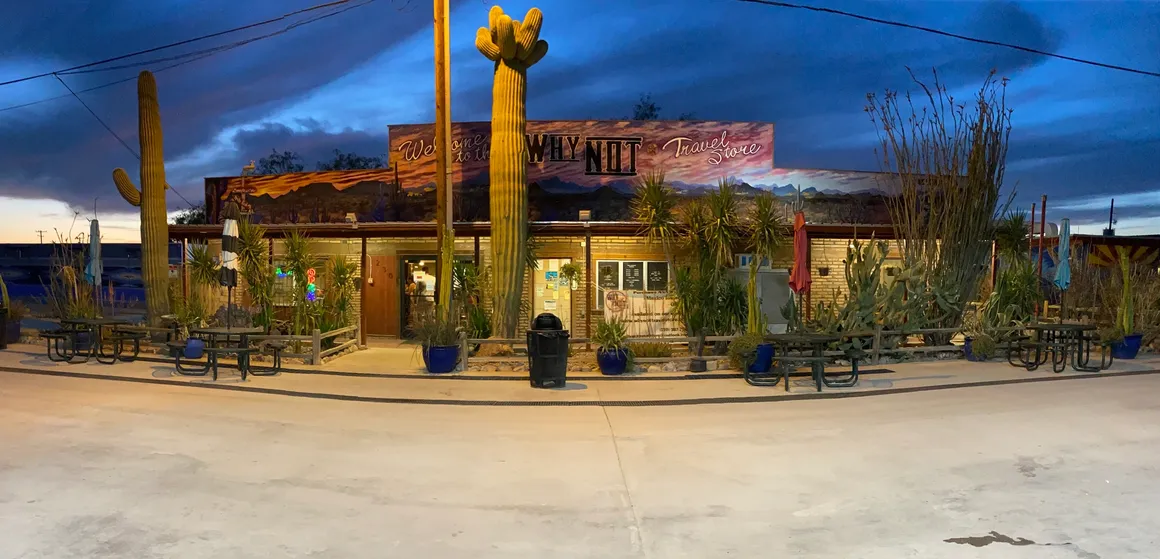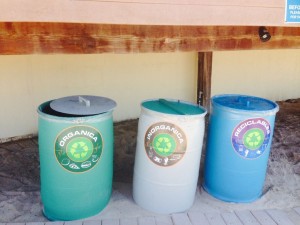 Dozens of environmental and civil groups, along with the local administration, are carrying out a series of actions with eyes set on obtaining clean beach certification for Puerto Peñasco. These efforts include clean-up, security measures, new regulations, and preparations.
Dozens of environmental and civil groups, along with the local administration, are carrying out a series of actions with eyes set on obtaining clean beach certification for Puerto Peñasco. These efforts include clean-up, security measures, new regulations, and preparations.
In this case, the stretch of beach meant for certification begins near Hotel Playa Bonita and extends to the area in front of the condominium complex Las Palomas. The area also includes 1600 meters of coast stretching toward Playa Hermosa and Sandy Beach, which is also being monitored.
Benjamín Ortega Blanco, Puerto Peñasco Director of the Federal Maritime Land Zone (ZOFEMAT) indicates they have been working for various months on strengthening clean-up efforts in this area. In August, restrictions went into effect for beach venders who bring in their goods by car, as well as for those who rent horses for rides along the beach.
The ZOFEMAT representative remarked that during August venders have been allowed to bring in their goods by car during restricted hours. However, in September, access was completely closed off to any vehicles in the area meant for clean beach certification.
“They have been permitted to bring their goods down before 9 a.m., and take them out before 10 p.m. but only during this period. Afterwards, no vehicle will be allowed [on the beach] and those who rent horses have been asked to look for other areas where they can do this, but no longer on the beach. The beach must be 100% safe,” he emphasized.
Another measure currently being verified is for those who rent “bananas” and jetskis to install buoys necessary to mark off safe zones for swimming, and areas where they maneuver, for accident prevention.
Along with these actions, work is being done to install four lifeguard towers (3 along the beach meant for certification and another in Playa Hermosa). This must be equipped with trained personnel in order to provide life-saving services to beachgoers in the event of emergency.
As part of preventive measures, it is completely prohibited for small boats and jetskis to fuel up at sea, and efforts are working to verify tourism boats use appropriate drainage. Furthermore, trash receptacles of various colors are to be installed to classify waste, its treatment, and disposal.
Ortega Blanco expressed that in addition to preventive and safety measures, they must also take into consideration at least 16 protected species along the beach in Puerto Peñasco.
He commented these actions are not mean to affect vendors or tourism service providers, as in the end once certification is achieved this will bring in new segments of tourism.
The first inspector from the Mexican Certification Institute will visit Puerto Peñasco in October in order to carry out detailed verification of the selected beach area.
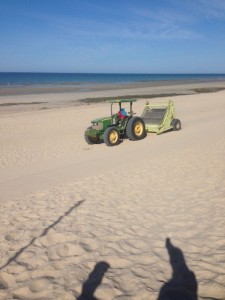 The idea, stated the ZOFEMAT director, is that the sea is free of bacteria at a distance of 10 meters and 200 meters down, and that the beach be completely clean thereby offering visitors a clean and safe beach. “So that people can bury themselves in the sand and not come across trash or anything, and that they’re sure neither an ATV nor horse will pass nearby,” he explained.
The idea, stated the ZOFEMAT director, is that the sea is free of bacteria at a distance of 10 meters and 200 meters down, and that the beach be completely clean thereby offering visitors a clean and safe beach. “So that people can bury themselves in the sand and not come across trash or anything, and that they’re sure neither an ATV nor horse will pass nearby,” he explained.
Some of the departments participating in clean-up and safety efforts for clean beach certification include Clean Beach Management, who coordinates work, ZOFEMAT, PROFEPA (Environmental Protection agency), SEMARNAT (Secretary of the Environment and Natural Resources), Health Regulation Unit, Naval Sector, Municipal Public Safety, CEDO (Intercultural Center for the Study of Deserts and Oceans), Mi Peñasco Limpio, Recycle Environmental Impact, Aware Project, Civil Protection, and the Convention and Visitors Bureau among other municipal and civil organizations.
There are hundreds of people taking part in clean-up, security, and monitoring efforts with the sole goal that Puerto Peñasco achieve the first clean beach certification in Sonora. Achieving this goal would mean a commitment to influence culture in care for the area’s beaches, and an important point to attract new tourism markets who seek out beaches that are clean and safe.


